Frozen super-earths in the orbit of Barnard's star: what hides our "neighbor"?
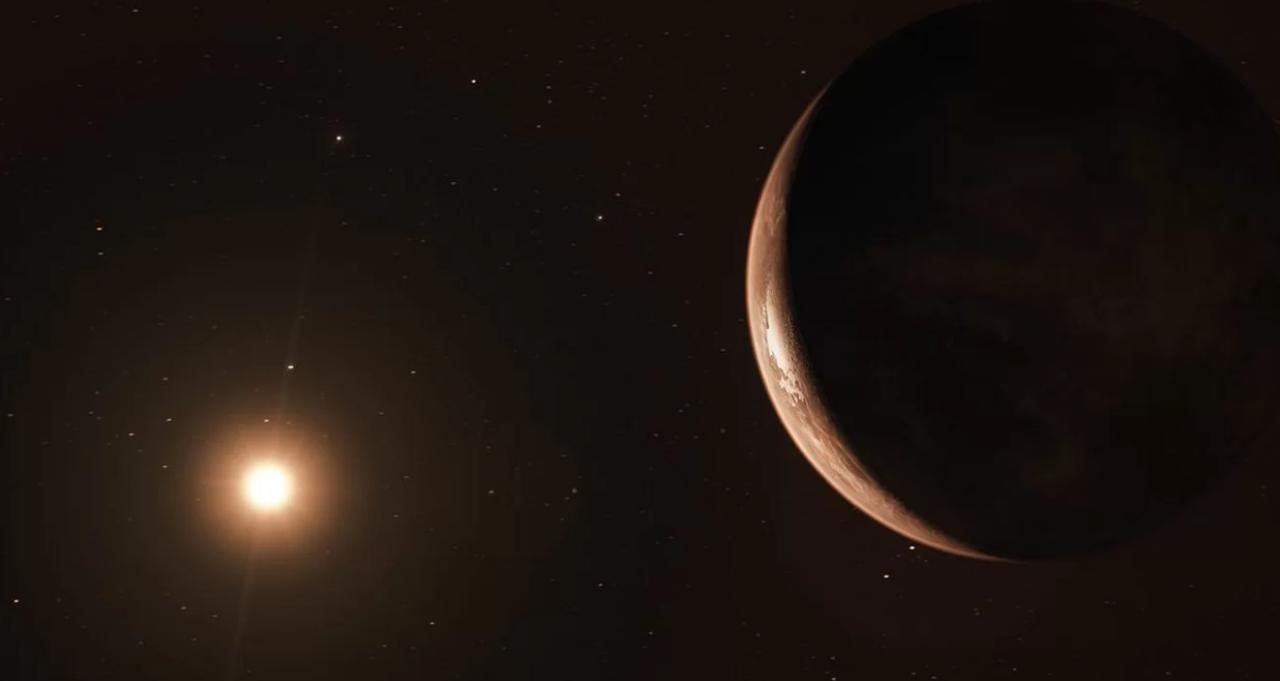 Source:
Source:
Every night, counting the stars, astronomers closer to see how populated our universe — or at least our galaxy. After a quarter-century after orbiting other stars were discovered the first exoplanets, statistical data showed that, on average, every star in the milky Way must be at least one planet side. If long enough, and staring in the neighborhood of each individual stars in our galaxy, sooner or later are almost guaranteed to find something.
But even crowded universe can be a lonely place. Our rich planets may be completely lifeless. Of all known worlds in the galaxy, only a handful of planets similar to Earth in size and position on the orbit — that is, are in a conditional isepisode "Goldilocks zone". Such a peace must be not too big, not too small, not too hot and not too cold, to maintain the state of liquid water and life on its surface. Instead, most of the planets in the milky Way do not conform to any notion of viable: this is "super-earths" that are bigger than our planet, but smaller than Neptune. No supertall, which swirled around our Sun, and which could be explored directly, there is, therefore, to find out how they behave near other stars is very difficult. Anyway, to drive fitness for life in some narrow bounds, given how little we know, seems very naive.
theArea of Goldilocks
Trying to cope with these mysteries of astrobiology, scientists dream of new generations of telescopes and spacecraft to find and learn the signs of zhizneobitanija and possible life beyond our Solar system.
But the proof that refutes a lonely but crowded universe can be at arm's length, in the language of the stars. In 2016, studies have shown that a planet the size of Earth, is very close, at a reasonable orbit near the small member of the family of the alpha Centauri system of three stars is about 4.4 light-years from our Sun. Moreover, another tiring search of the nearest neighbor to our Solar system, Barnard's star, some six light years from us, has revealed a suitable planet and there. It's a big, cold super-earths, called Barnard's Star b (Barnard''s Star b).
An international team of more than 60 astronomers using observatories around the world, elaborated in detail the detection of a planet in the Nature issue of 14 November (we ). All this opens the door to future studies and comparisons of two such friends, and at the same time alien planets in the near Solar system.
theFrozen super-earths
"If you live in a city with a million people, you do not need to meet every one of them — but you might want to meet with their immediate neighbours," says the study's lead author Ignasi Ribas, astronomer of the Institute of space studies of Catalonia in Spain. "That's what we're doing with planetary systems, the stars that surround us. Otherwise, we would not be able to answer the big questions. As our Solar system and our Earth correspond to the rest of the galaxy? Are there other inhabited or uninhabited planets? Barnard's star b does not give us while the answers to these questions, but tells us of the story we would like to know."
Located in the constellation Ophiuchus, Barnard's star so faint in visible light that cannot be seen with the naked eye. However, it has been a favorite of astronomers since 1916, when measurements showed that its apparent movement across the sky was bigger than any other star relative to our Sun — this indicated that it is extremely close in space. The proximity of the star to us is only temporary — through tens of thousands of years its trajectory would lead it from the list closest to our Solar system of stars.
According to Ribas and his colleagues, the planet-candidate at least three times heavier than ours and is rotated to the 233-day orbit around its star. In our system it would be within the orbit of Venus, but Barnard's star relative to our small and dim, red dwarf star. This means that her companion is near the "snow line" beyond which water will almost certainly be in the form of frozen ice. This area is near the stars are believed to be jam-Packed planets, but this has yet to know for sure.
Barnard's Star b needs to obtain 2% of the stellar light that the Earth receives from the Sun — it is enough that the surface temperature was -150 Celsius. Perhaps, suggests Ribas, the planet is solid and covered with a thick layer of ice, its surface resembles the surface of frozen moons of Jupiter and Saturn. The prospects of life on such a world would be very remote — unless, of course, it will not have a subsurface ocean, maintained in the liquid state the internal heat. In this case, the bowels should stay warm for a very long time — the age of the planet should be somewhere between six and eleven billion years old. For comparison, the age of the Earth is four and a half billion years.
Alternatively, the planet may be covered with a thick insulating blanket of the remaining hydrogen after the birth in a rotating disk of gas and dust around the star. Although the hydrogen into smaller and hot worlds should dissipate into space, super-earths oncold orbits can hold it long enough for the gas launched a massive greenhouse effect, warming the planet. If this mechanism will be launched at Barnard's Star b, or other cold supersense, "our dream that each star may have habitable planet can be," said Sara Seager, hunter planet of the Massachusetts Institute of technology, was not involved in the study of Ribas. "Somewhere there may be a completely insane worlds."
theIn the footsteps of history
Some worlds, alas, too good to be true. In 1963, Dutch astronomer Peter van de Kamp "discovered" the planet near Barnard's Star — bound estimated shifts in the movement of stars in the plane of the sky to the gravitational influence of unseen planets. But by the 1970s, evidence of the existence of the planets van de Kamp has evaporated, they are blamed on various errors and omissions in the observations. The faith van de Kamp in their beliefs were unwavering; he continued to believe in the existence of planets throughout his life.
This cautionary tale pursues, and contemporary hunters of the planet. Despite the fact that the modern confirmation world around Barnard's Star is much more confident than at the time, scientists do not hurry with the statements.
Some experts still are not sure about the discovery of the planet. "As the planets are everywhere, I guess, and near the Barnard's Star they should be," says Debra Fischer, an astronomer and well-known hunter of planets from Yale University. "Maybe even one with a few Earth masses, and rotation period of 233 days. But this analysis does not give strong enough confidence, in my opinion".
On the Contrary, Xavier Damascus, an astrophysicist at Geneva Observatory in Switzerland, was also not associated with the study of Ribas finds evidence that Barnard's Star b quite convincing. "From the point of view of the probability of the existence of this planet, I think no doubt can not be. The signal is very clear".
The Case of Barnard's Star b represents an incredible feat in the collection and analysis of data collected during hundreds of measurements on seven world-class instruments on large ground-based telescopes for over 20 years. Each measurement monitors the radial acceleration of Barnard's Star is its motion toward the Earth or away from it, which may vary if the star is the gravitational influence of planets nearby. The signal attributed to the Barnard's Star b, represents the fluctuation of slightly more than a meter per second — the effect is almost the speed of the pedestrian, which is easy to take for the activity of the star or instrumental error. It is his consistent expression for twenty years, as shown by the data from many sources suggests that the signal is not due to instrumental noise, and something else.
Barnard's Star may have an advantage, despite the history of hunting on the planet. This is one of the most tranquil of stars, which makes it convenient to calculate the radial acceleration. Ribas and his colleagues also insist that we draw conclusions and learn from past allegations of phantom worlds. Intensive observations further rule out the effects of star spots and other obvious sources that could have been mistaken for the planet and spent millions of simulations to conclude that the chance that the signal is derived from the stellar effects, less than 1%. "I'm 99% sure that the planet is", says Ribas. "But can't stop thinking about the story of Peter van de Kamp. If someone will provide a powerful argument against our findings, I shall depart! I would not like to be van de Kamp 21st century."
theTime to take a picture?
Anyway, the certainty on this contentious planetary candidate soon formed. Now the work team ruled out any planet the size of Earth in orbits constituting 40 days or less around Barnard's Star, also found wiggle until proven hints to another planet, hiding away. (Unfortunately for van de Kamp, this planet still will not match his previous statements).
And though it is unlikely this planet can a chance to stand in an exact line with our perspective from Earth, so that when the transit will be able to throw detectable planetary shadow on our telescopes. But the majority of planets are not so that they can be seen from the Ground, partly because of lying on wide orbits from their stars, like Barnard's Star b.
However, a relatively wide separation planets and stars offers another interesting option: the prospect to do, to carry out "direct rendering". The Barnard's Star b would reveal many unusual things, the true nature of the planet — it will be a frozen super-earths, hydrogen-greenhouse world or something, what the theorists do not even suspect. So the astronomers could make another step closer to solving the mysteries of our crowded loneliness of the universe.
In 2020-ies will appear on the stage a new generation of very large ground-based telescopes. Each of them will be equipped with a mirror to collect starlight with a diameter of 30 meters or more, which will be able to distinguish weak photon emissions of the planet. But the first Observatory will be configured for thermal imaging and it is not very suitable to search for icy worlds. Much more promising would be scheduled to start after the telescope James Webb space Observatory WFIRST.
Unless, of course,the launch will take place. If Barnard's Star b exists, to identify it with WFIRST can be quite real.
But if it does exist, what will it be? Tell us in our
Recommended
What will be the shelter for the first Martian colonists?
Mars is not the friendliest planet for humans While the Red Planet is roaming rovers, researchers are pondering the construction of shelters and materials needed by future Martian colonists. The authors of the new paper suggest that we could use one ...
New proof of string theory discovered
Just a few years ago, it seemed that string theory was the new theory of everything. But today the string universe raises more questions than answers String theory is designed to combine all our knowledge of the Universe and explain it. When she appe...
What is the four-dimensional space?
Modeling camera motion in four-dimensional space. View the world in different dimensions changes the way we perceive everything around, including time and space. Think about the difference between two dimensions and three dimensions is easy, but what...
Related News
Scientists have created a two-dimensional electron lattice kagome
Scientists from the University of Wollongong in collaboration with colleagues from the Chinese University Beihang, University Nankai and the Institute of physics of the Chinese Academy of Sciences have successfully created two-dim...
The former administrator of NASA: "Lunar gateway — stupid architecture"
In recent weeks, the official NASA representatives were actively promoting the proposed "Gateway", which will serve as a space station on a remote orbit, near the moon. The Agency has proposed that intermediate step, instead of re...
Chinese tokamak plasma heated to 100 million degrees Celsius
using the experimental advanced superconducting tokamak (EAST), which is called Chinese "artificial sun", the physicists were able to heat plasma to 100 million degrees Celsius (which is 6 times hotter than the core of our star) a...
The greatest mystery of the Universe: what is space-time?
"what is it made Of space-time?" asks physicist Aron wall from the Stanford Institute for theoretical physics. In the past there is no physics in different ways trying to make sense of the riddle of space-time, treating it not jus...
A computer algorithm has recreated the sound of the sunrise on Mars
Scientists are well aware of the Mars — especially his appearance. But the sound is much harder to see on this red planet and even more to listen to. We just don't have powerful microphones able to hear the noise of the wind on th...
The ninth planet. Does it exist in reality? It seems that no
Our Solar system may be the closest part of the Universe to us, when viewed from the Earth, but even in her backyard, waiting for us many surprises. It took several thousand years before we understand how the planets revolve aroun...
Can a trip back in time to destroy the Universe?
we All wanted to go back in time. Everyone had something that could be done correctly, a mistake that could have been prevented, lives that could be saved, or a nightmare that I would like to unsee. It would seem that you come bac...
"Star of the Big Bang": a mysterious object that may be in our galaxy
"If we correctly understand, there may be stars with low mass, having a composition exclusive of the Big Bang," says astrophysicist Kevin Schlaufman from Johns Hopkins University. "Although we did not find such an object in our ga...
Why not build a space telescope directly at the moon?
If you want to get the most pristine, cleanest images of our Universe, it is best to leave the Earth. Here, on our planet, you can find a whole bunch of various effects, which prevent our visualization. Light pollution limit the r...
Antigravity possible? Science promises to figure it out very soon
One of the most amazing facts in science is how the universal laws of nature. Each particle is subject to the same rules and experiences the same force exists in the same fundamental constants, regardless of where and when. From t...
"Bacteria schrödinger": a miracle of quantum biology?
the Quantum world is very strange. In theory and in practice, to a certain extent, the principles of the quantum world require that the particle could be in two places at once — this is a paradoxical phenomenon known as a superpos...
Scientists will change kilogram weight to avoid accidents
In today's world, when every day scientists are developing new technologies in the fields of medicine, aerospace and military Affairs, even the slightest deviation from the standards of the international system of units SI can be ...
As your digital incarnation will live after your death? Will you?
Digital life after death may soon become a reality. But if you need it? Accumulation of data that we create, may soon make possible digital avatars that will live on after us, after our death, consoling loved ones, or sharing the ...
Danish physicists have questioned the detection of gravitational waves
the First direct detection of gravitational waves was revealed to the world on 11 February 2016 and has generated headlines around the world. For the opening in 2017 of physics received the Nobel prize and launched a new era of gr...
The resurrection of extinct species will start from the passenger pigeon
When in 1914 at the Cincinnati zoo died the passenger pigeon Martha, began the end of a great era. Once the dominant species in Eastern North America, the passenger pigeon was a forest inhabited by huge flocks, up to several billi...
In simple words: what is superstring theory?
Today, the scientific picture of the world develops in such a way that our Universe operates two sets of laws — the General theory of relativity, which explains the beautiful work of gravity, and quantum mechanics, which describes...
Like looking for aliens? What puzzles and problems facing SETI
If the aliens are trying to talk to us (or if not trying), Jill Tarter will find them first. She established the Institute of search for extraterrestrial intelligence (SETI) in 1984 and headed its research center for many years. I...
Honda and MIT work together to create AI that is fully self-study
In the field of artificial intelligence and so-called deep machine learning there is already a lot of groundwork. However, all the currently available self-learning neural networks have one important point: they are not completely...
Astronomers have confirmed a collision between two galaxies satellites of the milky Way
If you look at the sky at night, being in the southern hemisphere, you will see two luminous clouds, standing aloof from the milky Way. These clouds of stars are galaxies satellites of the milky Way: Small and Large Magellanic Clo...
Death: how will the universe die?
Once you die. After seconds or a thousand years, whatever. Your body and all of its components will cease to function and will be reunited with the Earth as an ordinary, lifeless material. The earth too will die, covered by an exp...


















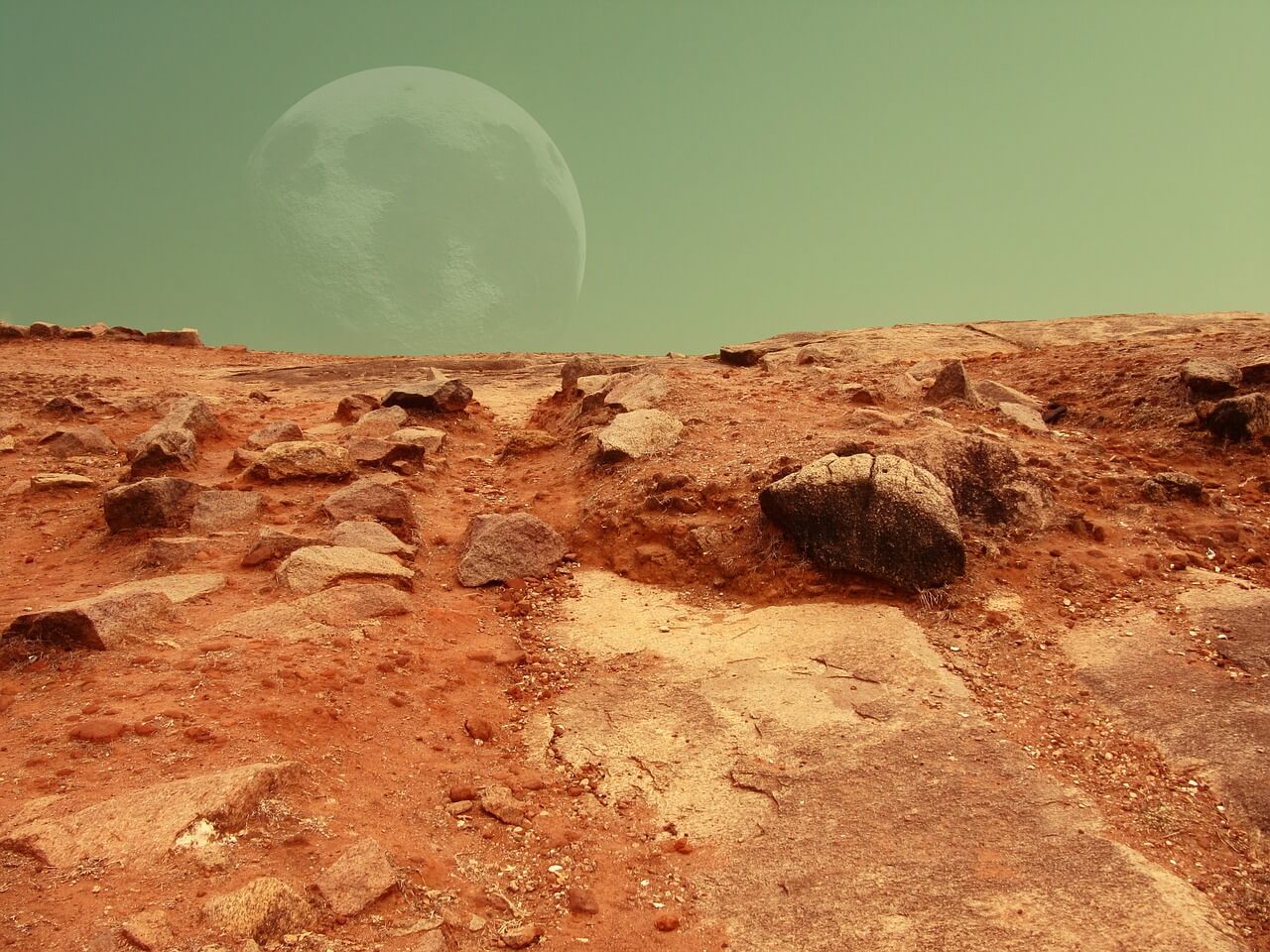
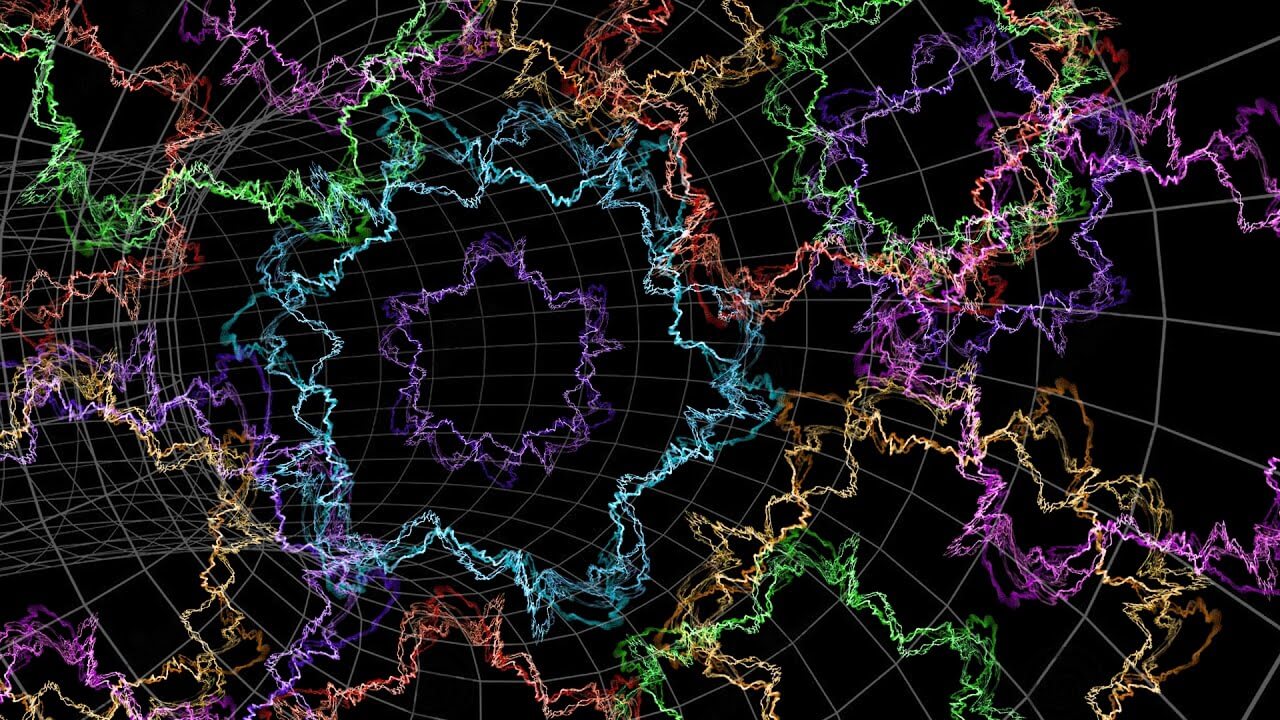
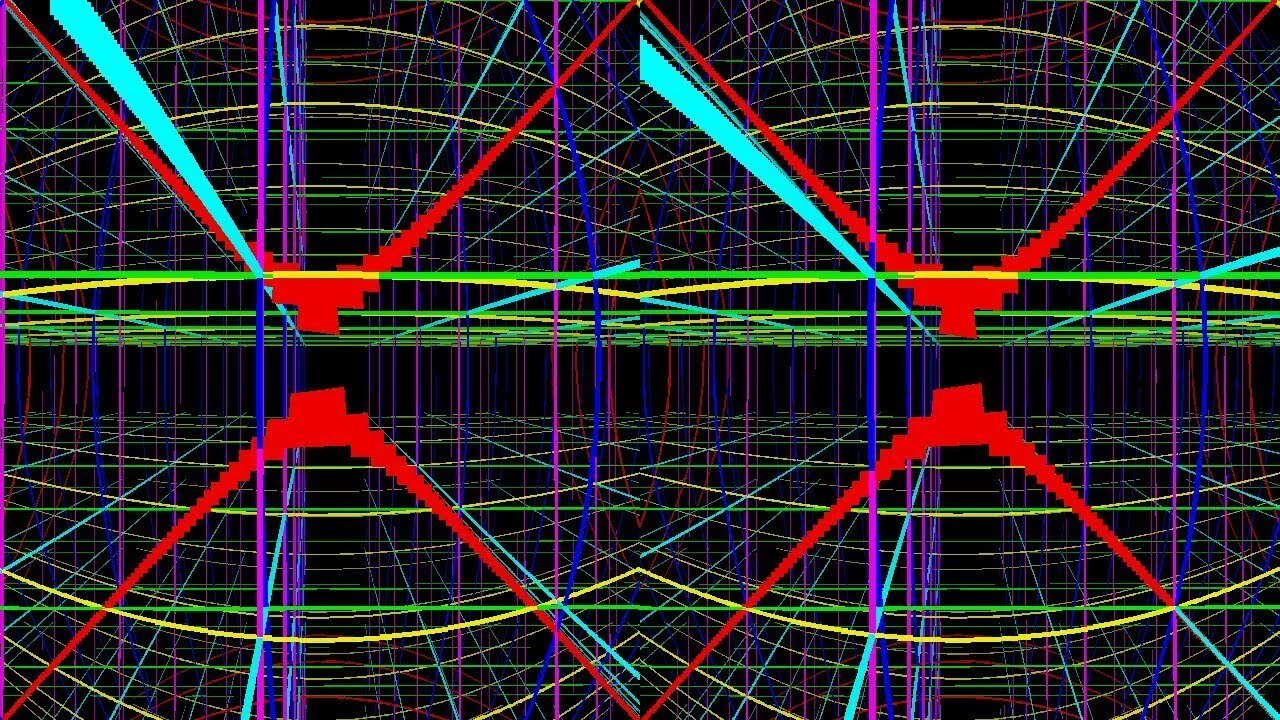

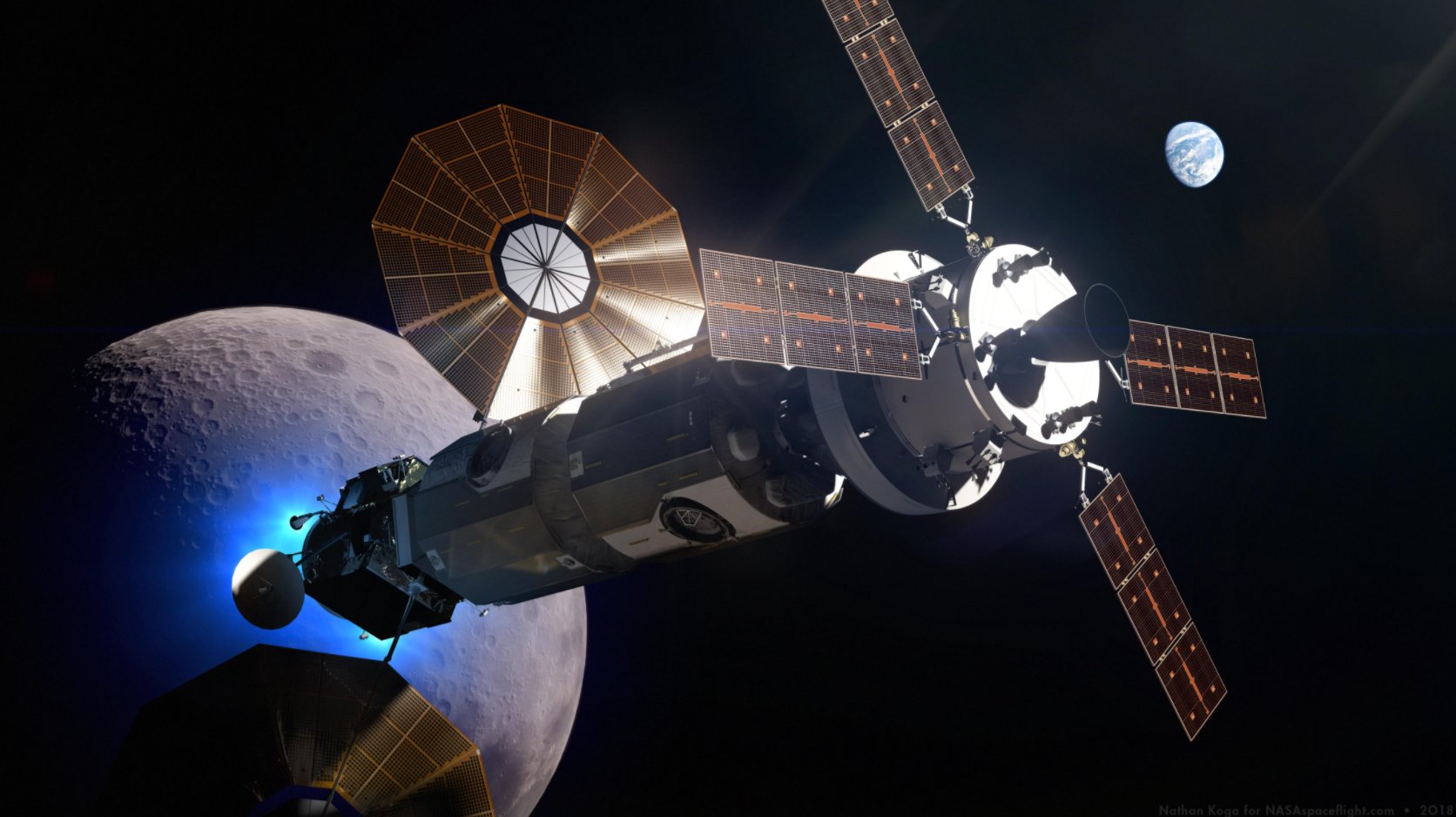
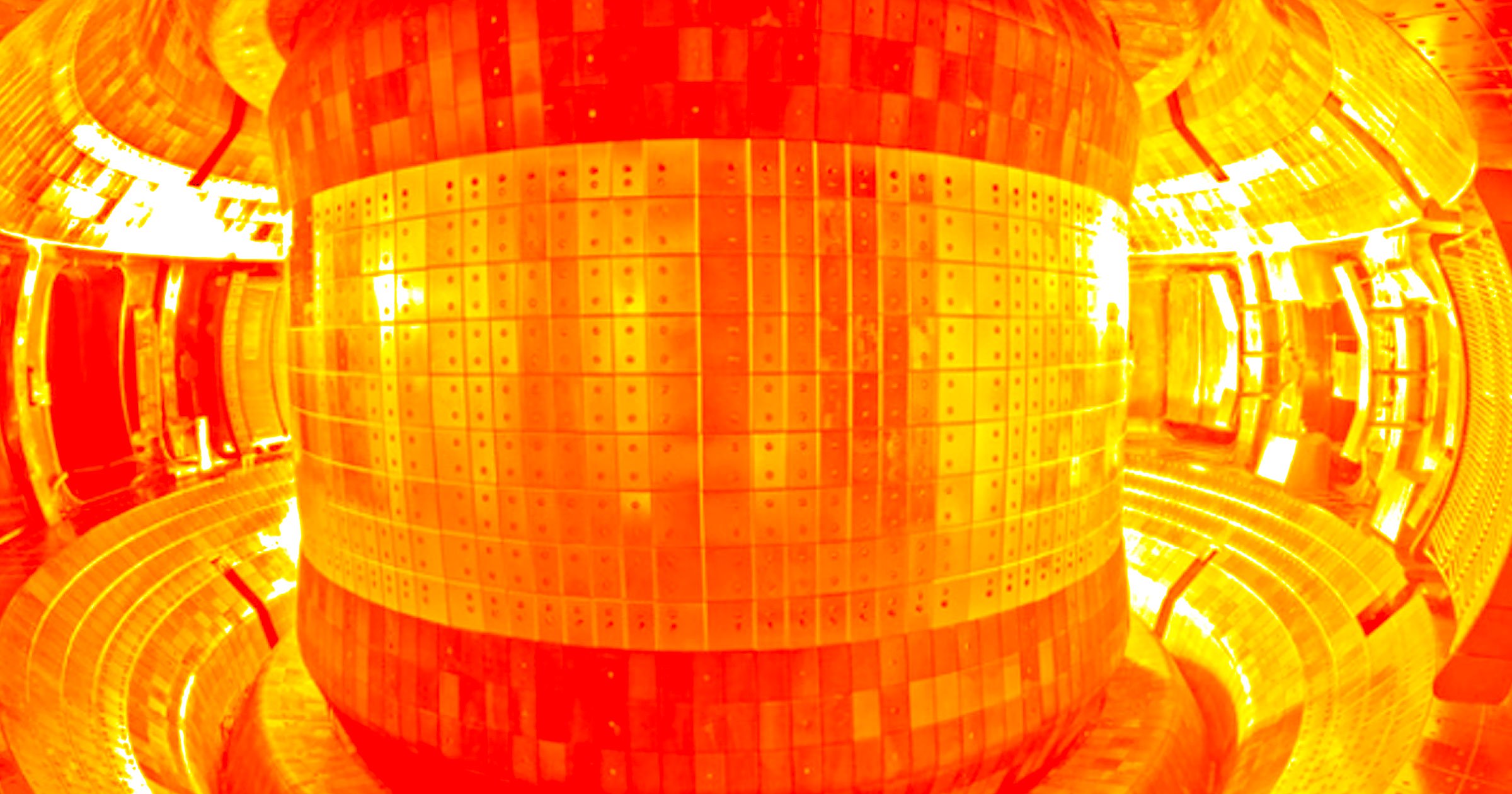
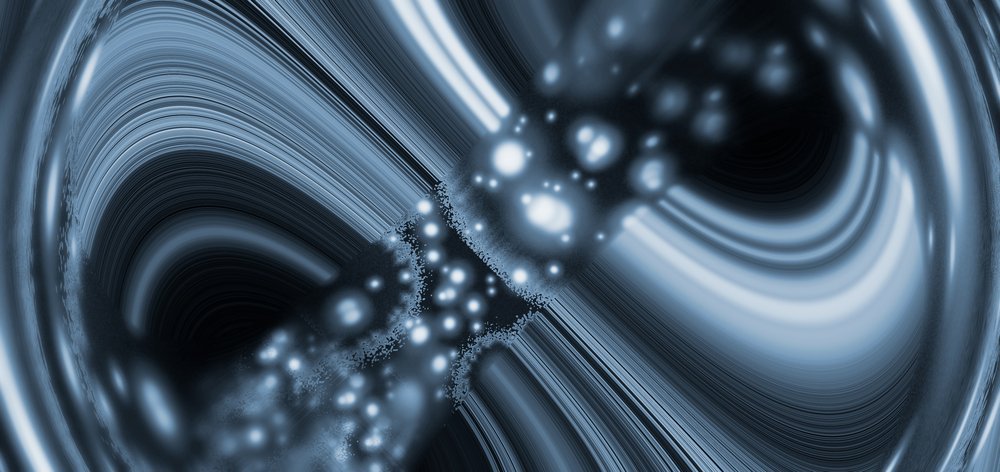

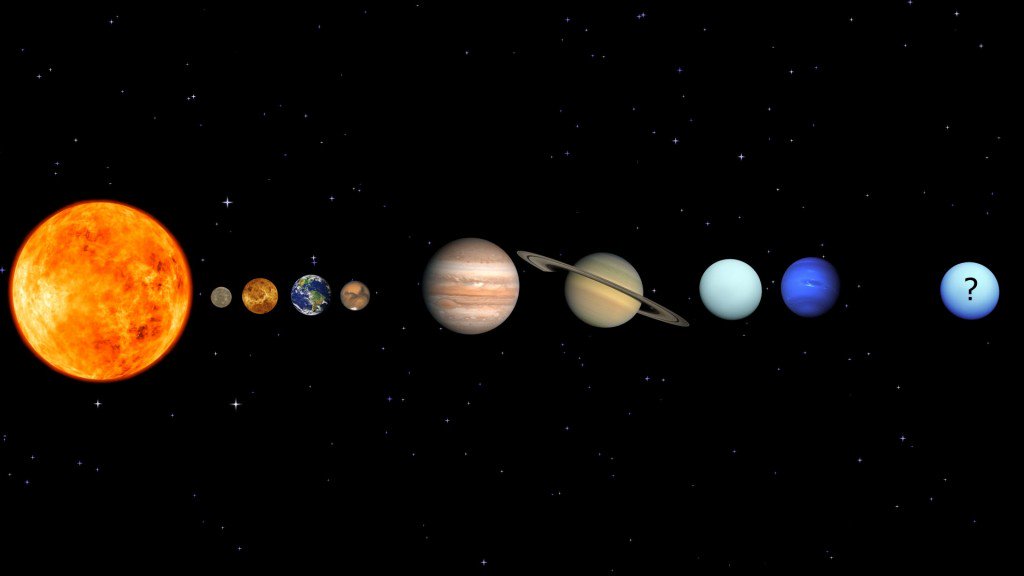
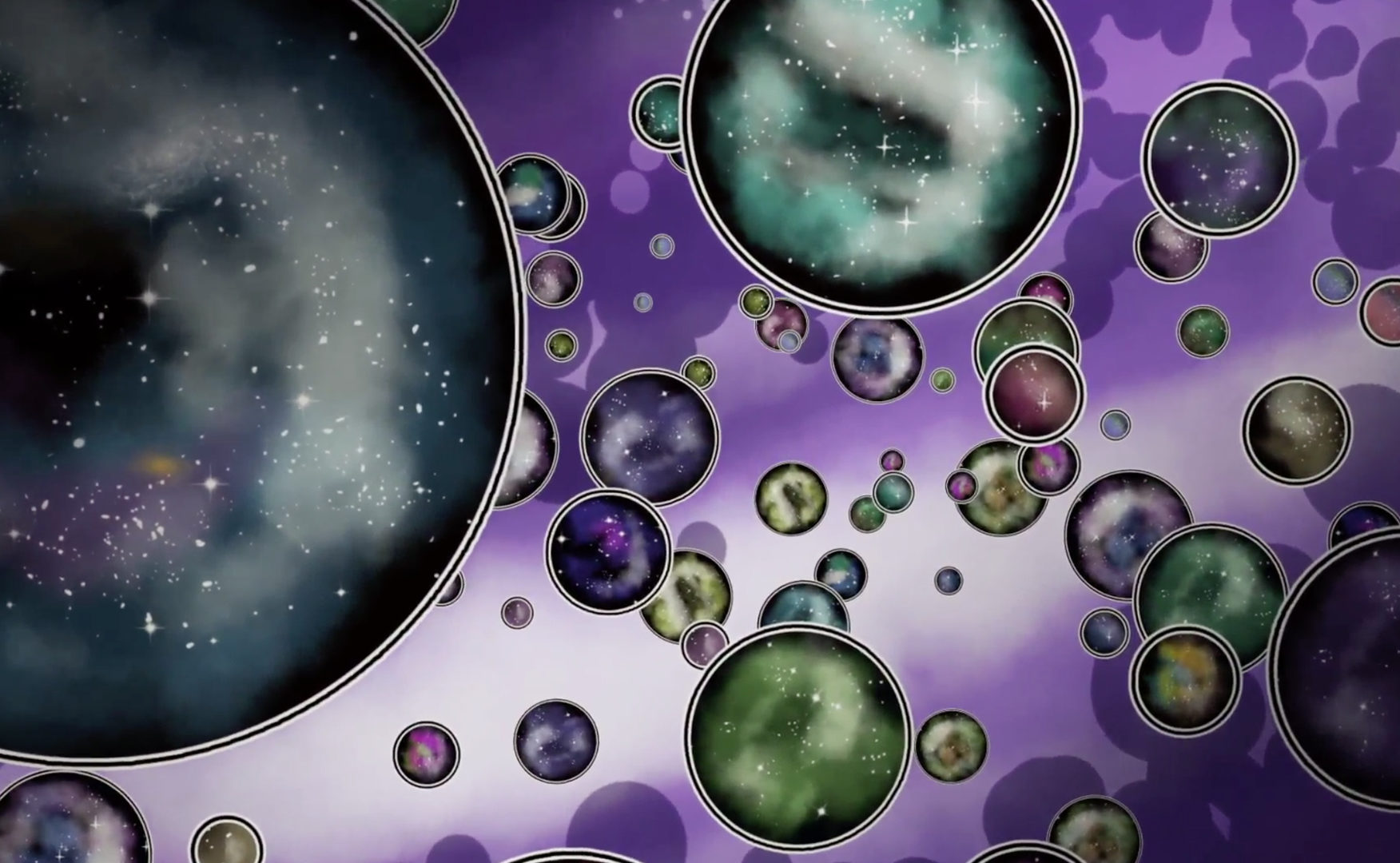
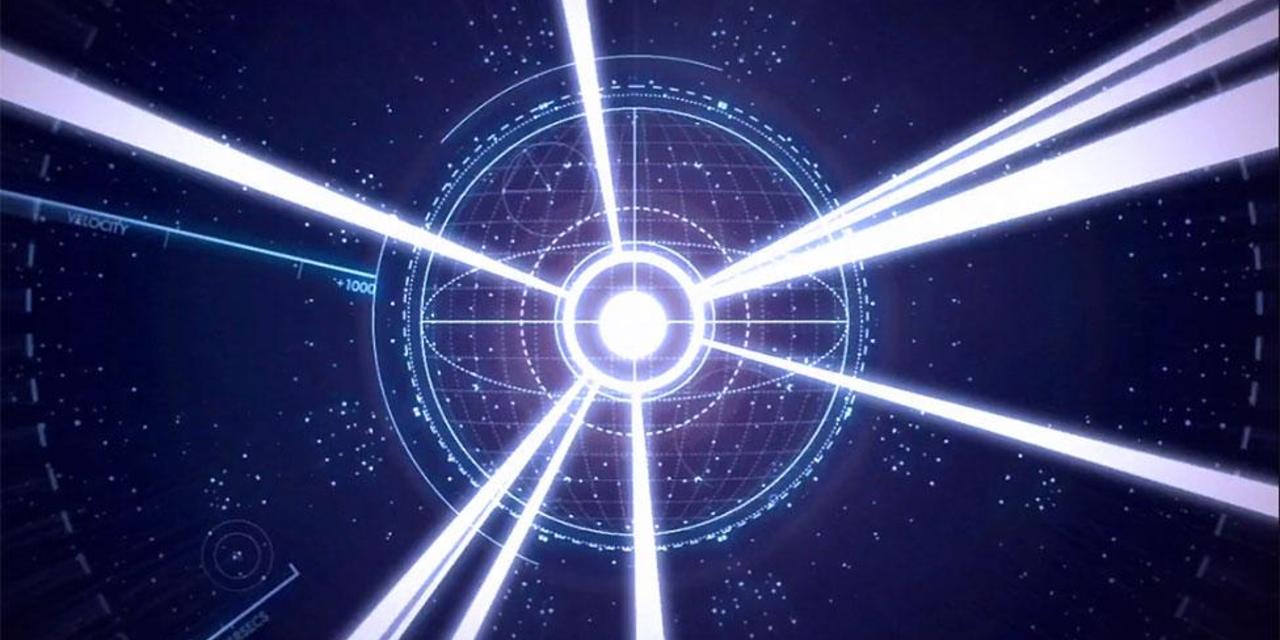
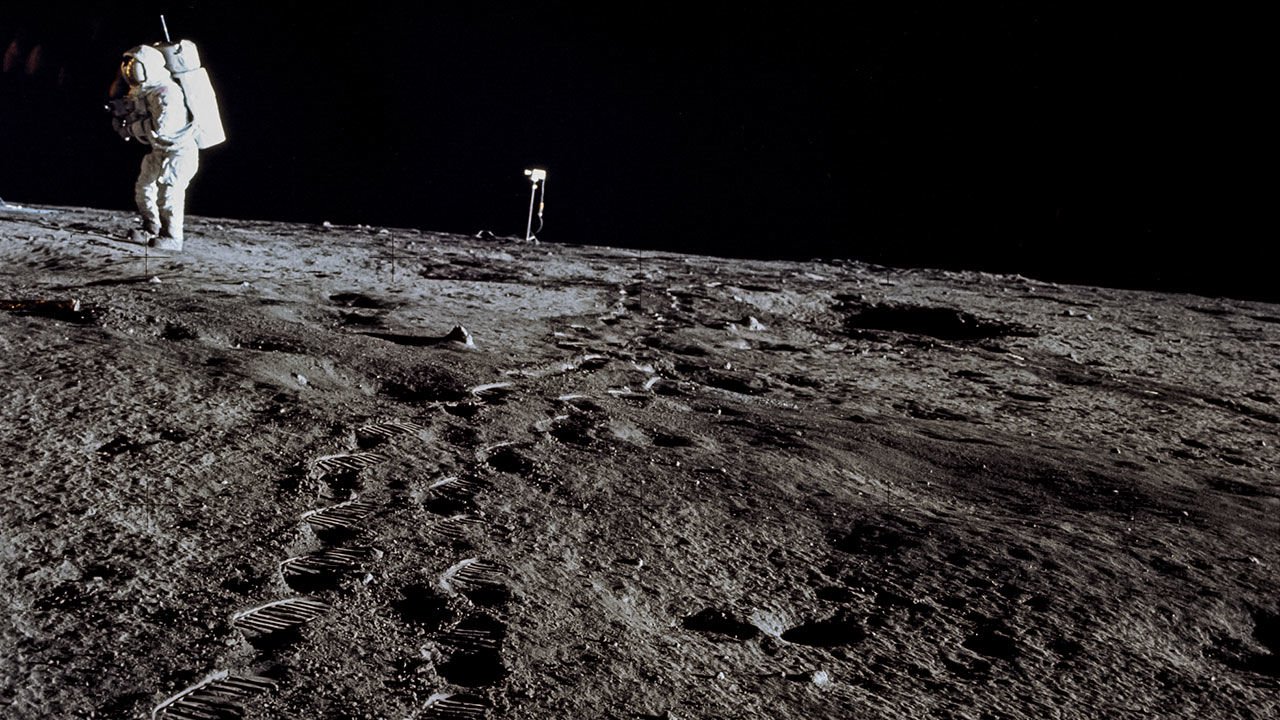
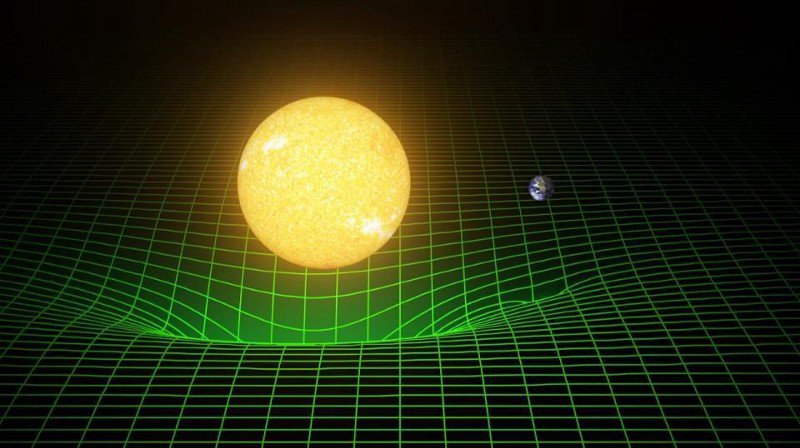
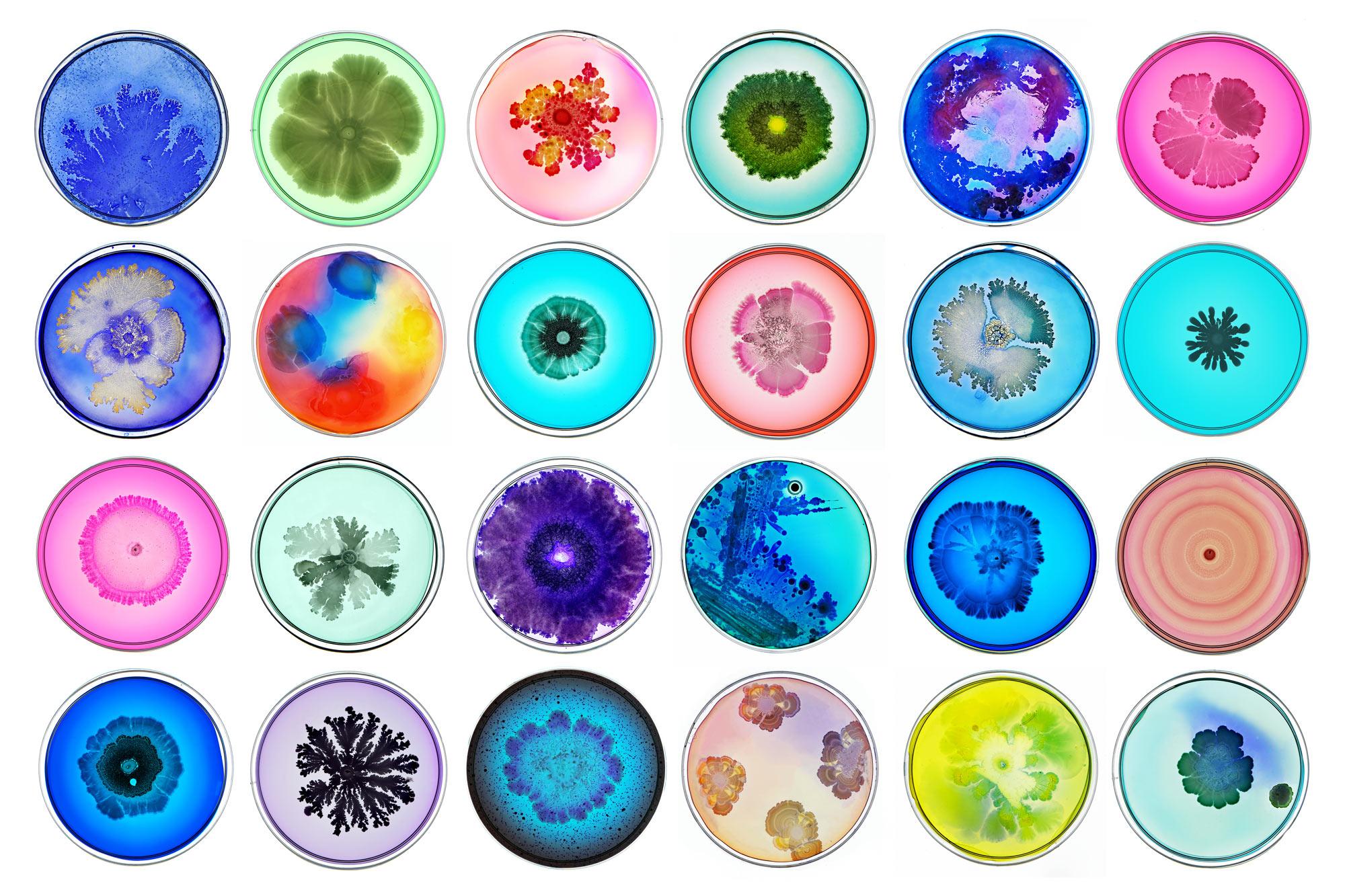
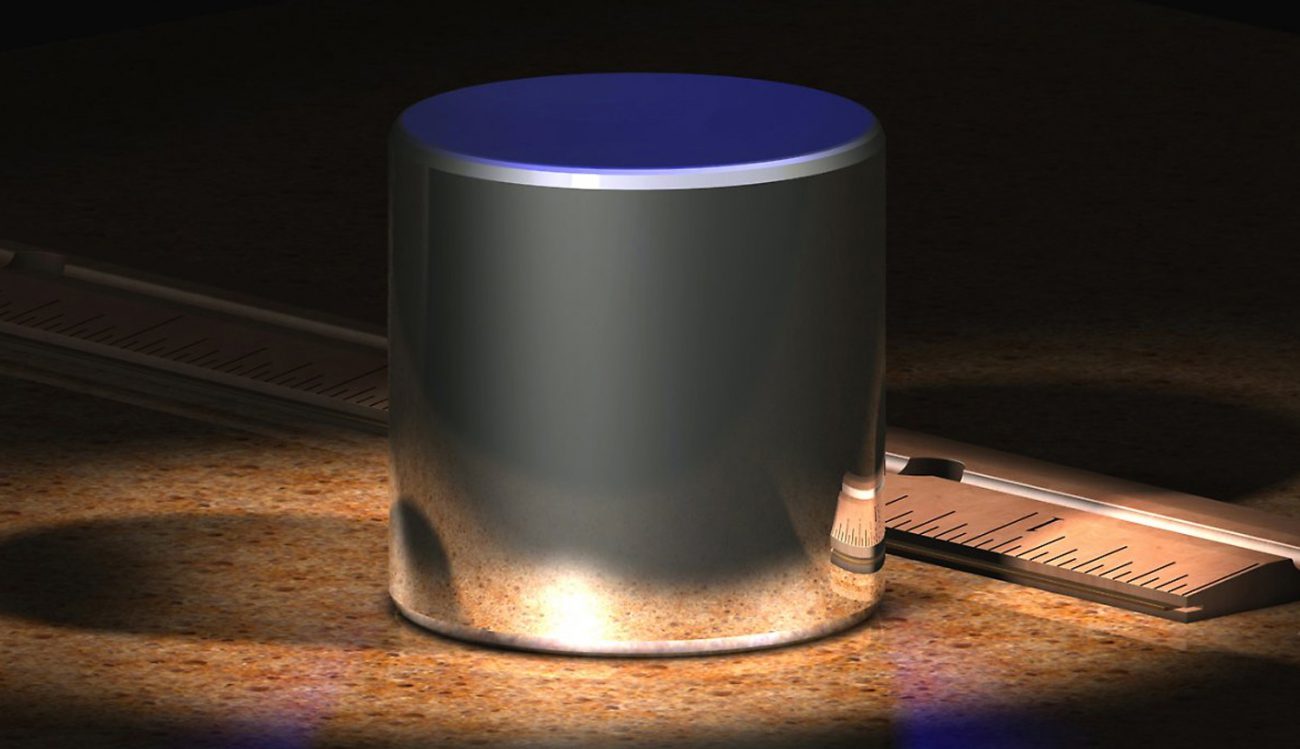

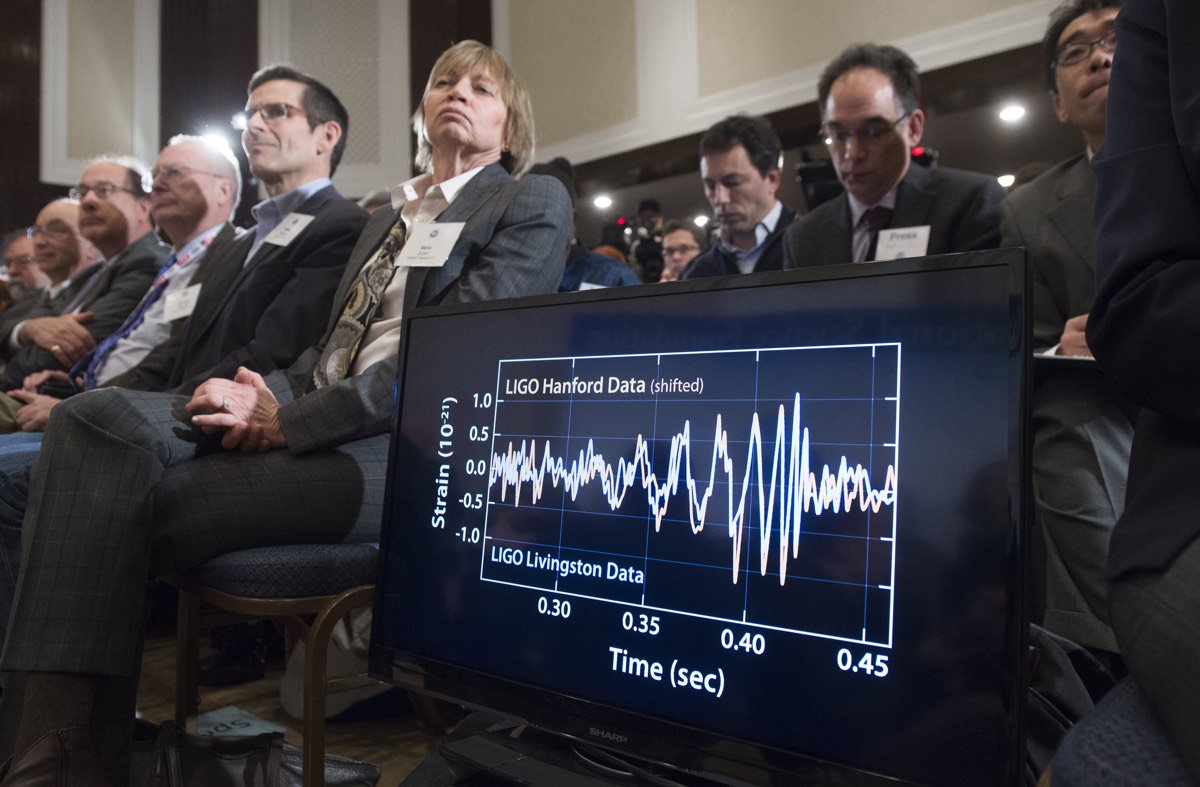
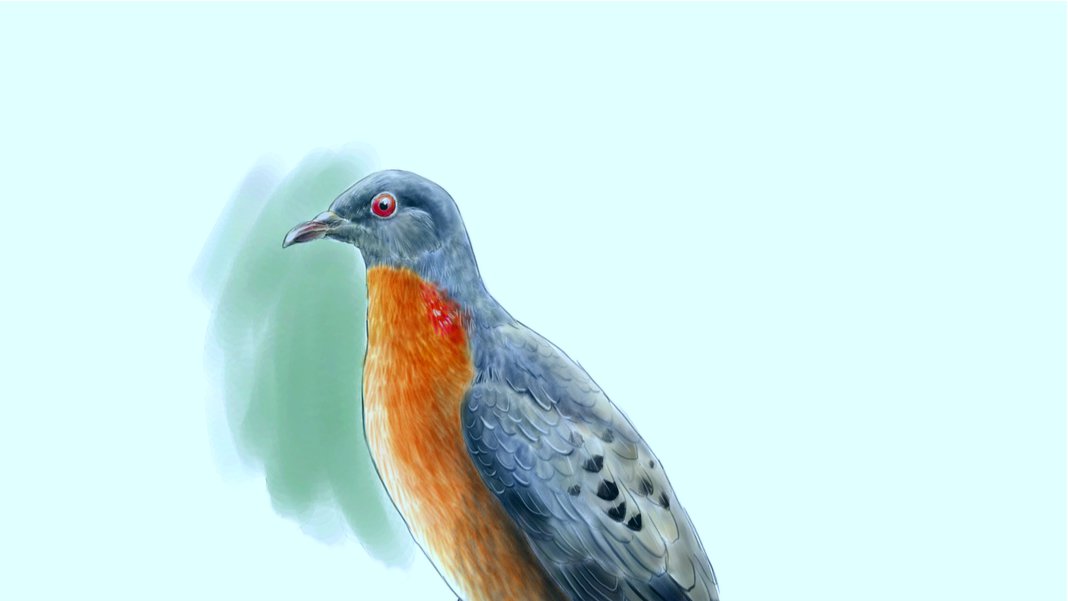
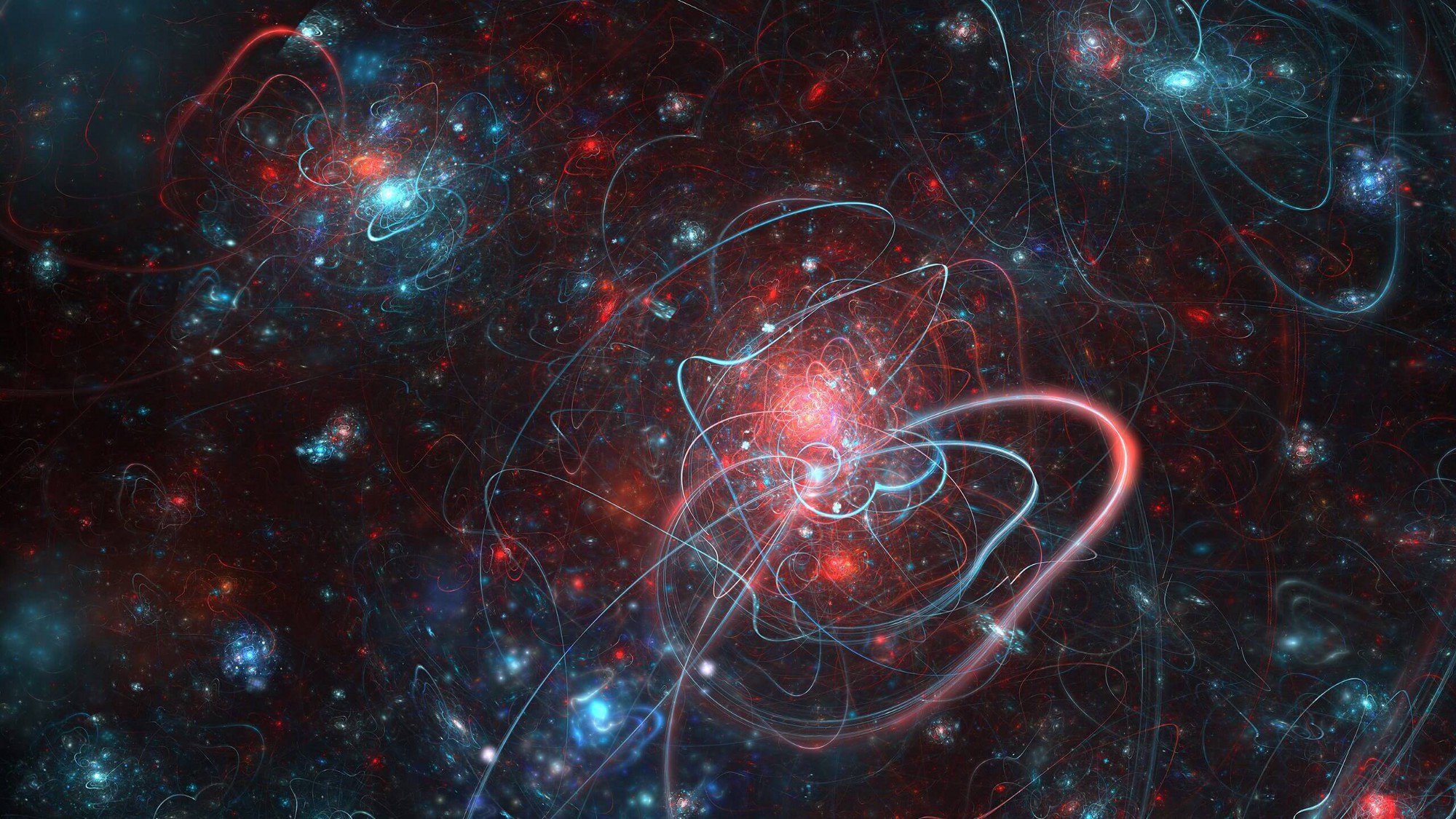
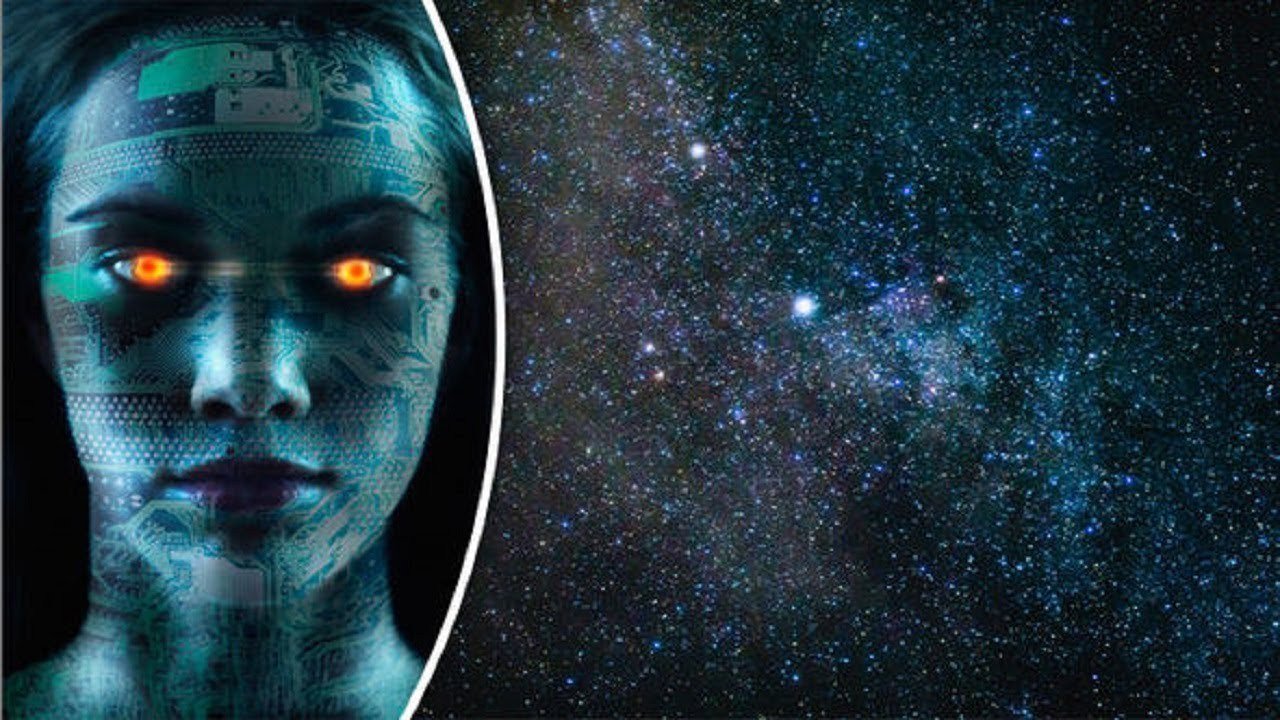
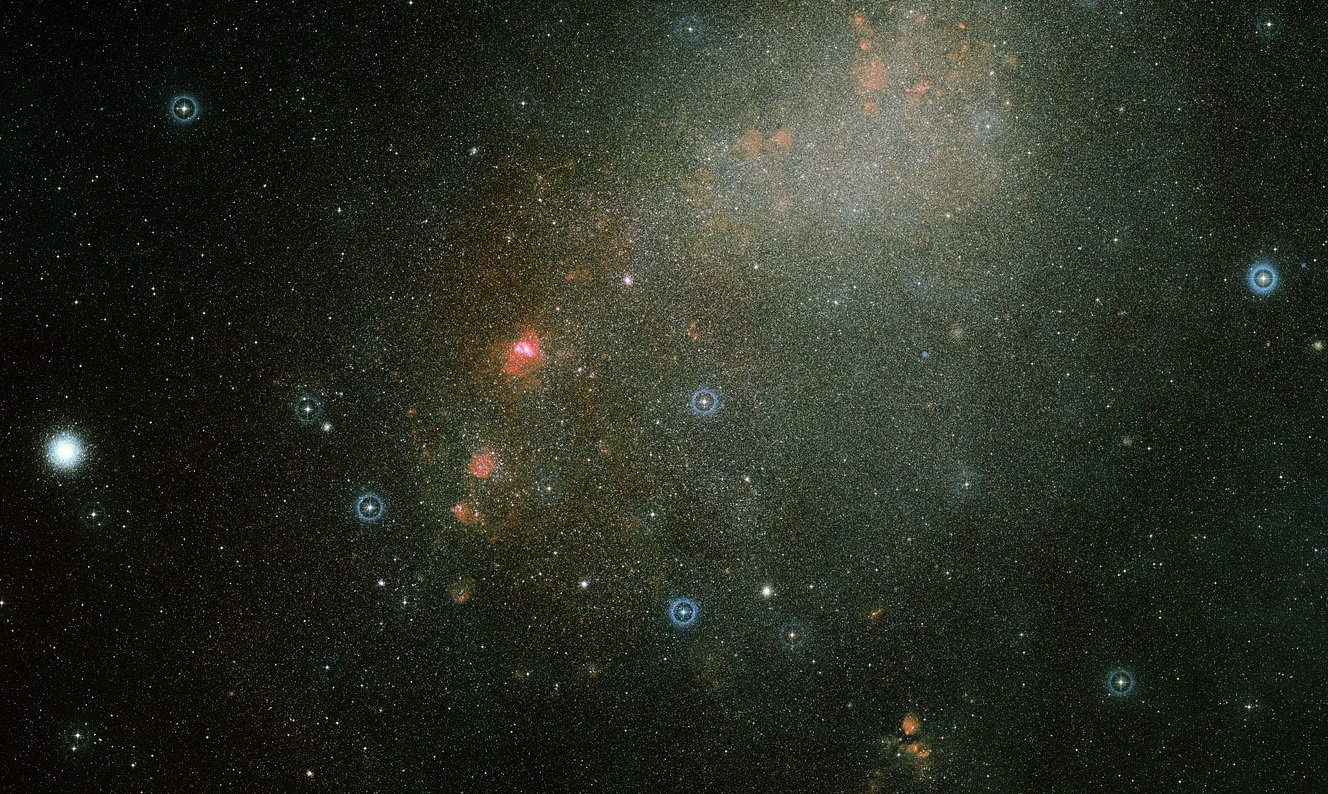
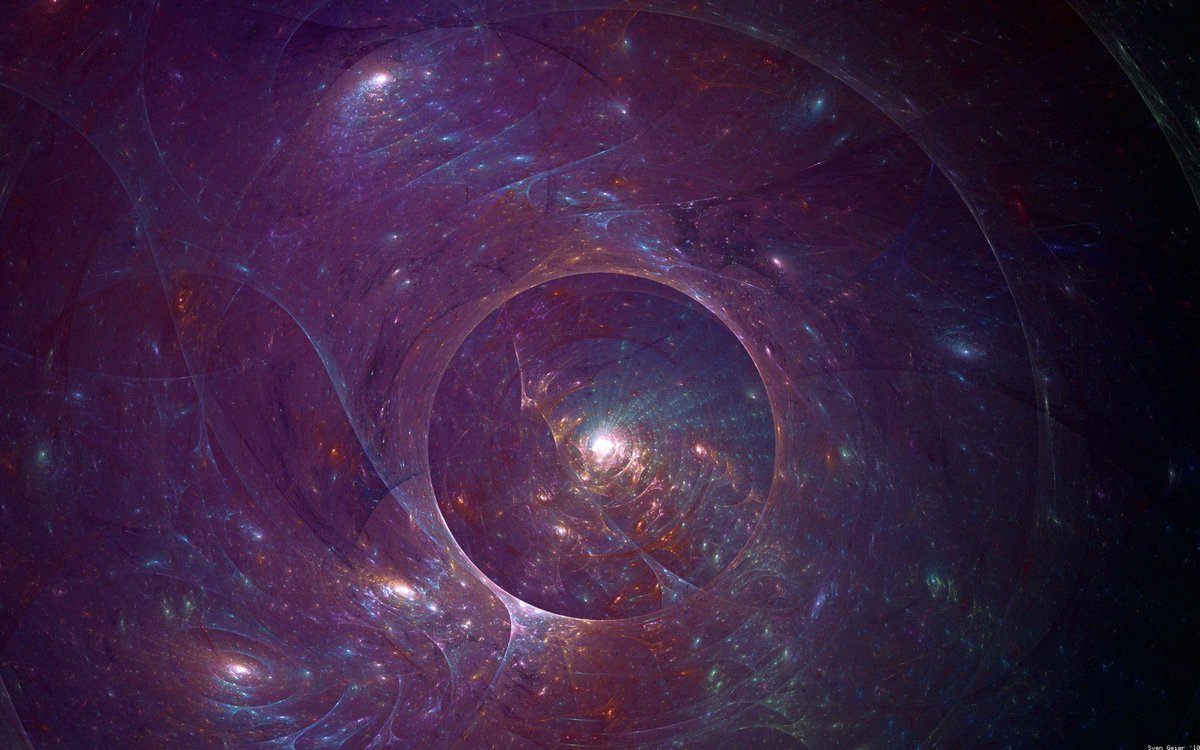
Comments (0)
This article has no comment, be the first!